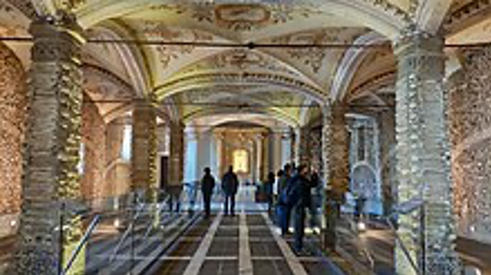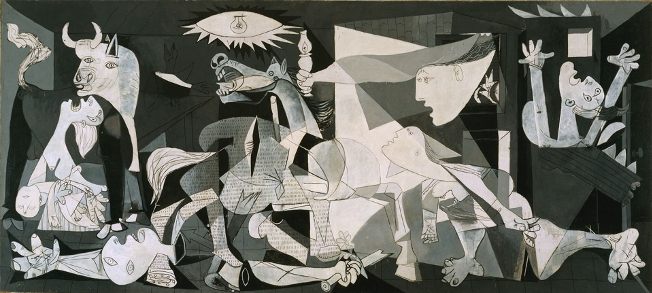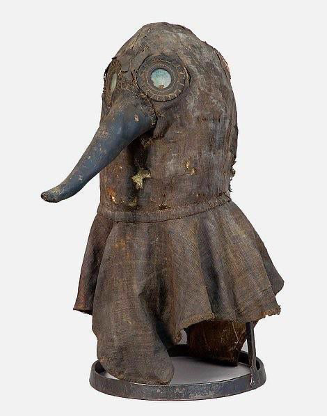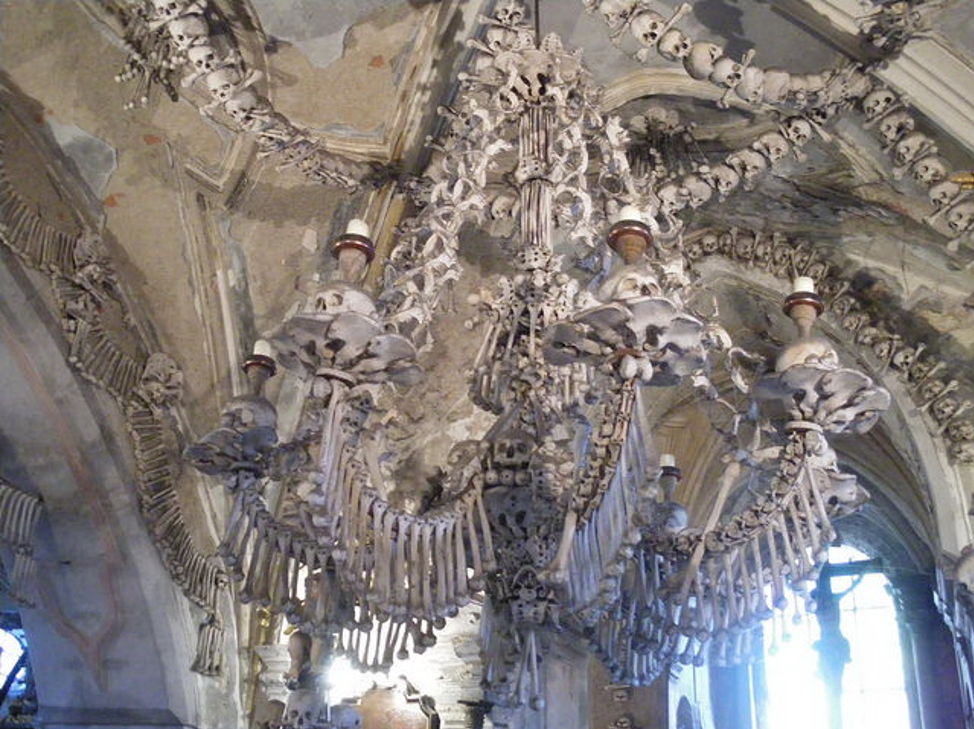Note: Two of us are physicians and at the front lines of this all. We don’t take COVID lightly, but humor in dark times can help.
Feel like the word is coming to an end? Sheltering in place? COVID-19 cases soaring and the health care system at risk of being overwhelmed? No toilet paper and stuck at home with your kids full time? Or worst of all – had to cancel that dream trip?
This will eventually end but before you feel too sorry for yourself, let’s talk about the worst pandemic in all of history: the Black Death (bubonic plague) that swept through Europe in the 12th-15th century killing off one third of the population of Europe.
There are some particularly fascinating and bizarre artistic and cultural artifacts left behind by the Black Death that perhaps can give us a glimpse of what life may have felt like at the time. Eventually COVID 19 too will pass and travel will again be possible and for when it is, we give you (in the macabre atmosphere of the time): The Great Plague Tour of Europe.
London
Start you tour in London. You cannot go to London without visiting the British Museum – a place that manages to cram thousands of years of civilization into one place. But our target today is not one of the amazing Mideastern temples, friezes of the Parthenon, or Rosetta stone (yes these are all here), but rather a somewhat obscure picture of a plague doctor. Contrary to popular belief the picture by Paulus Furst of Nuremberg, Doctor Schnabel von Rom, 1656 does not depict a doctor from the middle ages but rather one from the 1600’s. Yes, this was state of the art personal protective equipment circa (PPE) 1650 – the black coat was treated with wax for resistance to fluid absorption and the long beak was stuffed with herbs, spices, and other material to form a crude filter. By reports it was effective. The top hat is just for show.

Evora
From London head to Portugal. The town of Evora lies amidst cork forests an hour and a half inland from Lisbon. In this delightful setting you’ll find a charming medieval town within a old wall, well preserved roman ruins, a cathedral, and a small chapel (Capela dos Ossos) composed almost entirely of bones. Many victims of the plague were unearthed from nearby churchyards to create this chapel in the 1600’s. The inscription as you enter reads “We bones in here wait for yours to join us”. Cheery, right?

Madrid
Next stop is the amazing Prado Museum in Madrid. The Prado is one of the great museums of the world and well worth a day of exploring but our particular target today is the very bizarre Triumph of Death: by Pieter Bruegel the Elder. This masterpiece is emblematic of many “dance of death” type paintings from Europe at this time and before. Be sure and explore the amazing collection of El Greco, Velazquez, Rubens, and Titian. When done, walk down past the botanical garden and cross the street and to see the results of another type of plague (war) at the Reina Sofia Museum, the amazing Guernica by Picasso.


Lucerne
From sunny Portugal head to the beautiful city of Lucerne, Switzerland. In this gorgeous town on a lake surrounded by mountains, be sure and visit the covered Spreuer Bridge. Here as you walk along the bridge look up to see the painted panels depicting another dance of death.


Oberammergau
In the 1600’s as the plague continued to ravage Europe the desperate citizens of the small town of Oberammergau Germany (then Bavaria) had had enough. They were losing 20 people per month to the plague in March 1633 and they vowed that if God spared them they would produce an enormous play (basically involving the whole town) on the life and death of Jesus every ten years. After the vow the death rate dropped dramatically, and true to their word in 1634 they performed the first Passion Play- in the cemetery of the local church. Since then, every ten years, for the past 385 years they have produced this play. There have been a few exceptions and delays including for the two world wars. Ironically the current plague of Coronavirus has delayed the 2020 performance until 2022. The play lasts 5 hours with one meal break, and features a cast of 2000, all residents of Oberammergau.

Ingolstadt
For a closer look at actual PPE from the past head to Ingolstadt Bavaria where you can visit the German Museum for the History of Medicine and see an actual plague mask.

Kutna Hora
For your final stop head East to another bone chapel, the Sedlac Ossuary, in Kutna Hora not far from Prague. This churchyard cemetery was felt to be especially holy and thus collected many bodies – many of them from the plague. In 1870 the chapel was decorated with bones from the nearby graveyard by a local woodcarver.

We hope you enjoyed your trip through Plague-filled Europe. Let us know if there are any sites we are missing!
